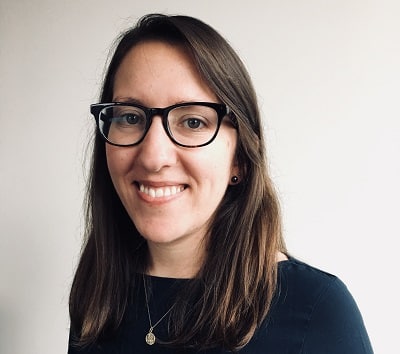Students are struggling during COVID-19. Trauma, anxiety, and potential learning loss are all top of mind for educators and parents supporting young people. And with a looming economic recession, school leaders are bracing for budget cuts and reduced staff capacity, which experts predict will lead to declining student performance and widened achievement gaps.
But what if resources weren’t as finite as they seem? Of course, schools must invest resources in students, but what if students themselves could contribute in ways that both benefit their own learning and support the school’s core purpose? When resources like staff capacity and funding run short—making high-quality student-centered learning seem like a longshot—this is an idea worth exploring.
Reframing students as resources, not just costs
Influenced by the rise of industrialism, schools were originally designed to utilize resources efficiently to serve growing numbers of American students. While schools have evolved to varying degrees away from factory-style models, most still conceive of students as products—and thus the drivers of production costs. When students do contribute value, they do so peripherally, such as through extracurriculars, or invisibly, such as supporting their younger siblings’ learning.
A long string of theorists and researchers argue for a better model. John Dewey imagined schools as democratic learning communities with children as contributing members. Ted Sizer argued that “student as worker” should be the governing metaphor for schools. Seymour Papert’s theories and Sugata Mitra’s experiments both demonstrate how children can learn independently at a remarkable pace when their environment supports curiosity and exploration. And research by Alicia Fedelina Chávez and Susan Diana Longerbeam shows how instructional approaches that build on students’ existing strengths and cultural context can better serve an ethnically diverse student body. These ideas hinge on recognizing the inherent value students offer in learning communities.
But when it comes to making these ideas systemic in schools, schools must both recognize students as a potential resource and develop processes and culture to integrate that resource as part of what enables the school’s mission.
What it looks like in practice
Ranging from K–12 through postsecondary, some schools and programs design their models to depend on the value students contribute—and in doing so, they deliver learning experiences and outcomes that can otherwise seem resource-intensive.
There’s Paul Quinn College, one of the Historically Black Colleges and Universities (HBCUs) and part of the Work Colleges Consortium, where all residential students take jobs either on- or off-campus to offset tuition costs. One of the College’s flagship job sites is an organic farm (converted from a football field) which averages 6,000 pounds of produce per year for the College and community. Students working on this venture develop and apply valuable skills in business, strategy, and agriculture—and in turn the College promises that no student will graduate with more than $10,000 in student loans.
There’s also Embark Education, a new experiential middle school in Denver where students learn in part through their contributions to operating a café and a bike shop. Embark aims to keep tuition low, or free, subsidized by profits from both businesses. The Cristo Rey network of Catholic high schools uses a similar model through their Corporate Work-Study program, where students build career-ready skills and social capital while earning their own tuition.
There are also examples in public schools where reducing tuition isn’t a factor. In these cases, the roles students play enable the school to accomplish something that might seem impossible—or at least, highly costly—in a traditional school model. At Gibson Ek High School, a Big Picture Learning school where real-world learning and mentorships are paramount, students work to identify and secure their own internship opportunities. The school considers this experience a critical component of students’ learning, and organizes supports and logistics like advisories, school schedules, and public demonstrations of learning accordingly. As a result, every Gibson Ek student has an internship and a mentor every semester—a feat that would seem preposterous when undertaken by the small adult staff of most schools’ career guidance offices (when they even exist).
Other examples outside of schools offer student-powered models to address problems that schools struggle to solve. PeerForward creates a college-going culture in high schools by mobilizing influential students who lead schoolwide campaigns to get their peers to college. The organization trains rising 12th-grade peer leaders over the summer, and those seniors train more 11th-grade peer leaders back at school before launching campaigns.
Knack acts as a marketplace to connect peer tutors with students in need of extra academic support. The program matches students seeking tutoring in a particular class with a peer tutor who aced that exact class. Tutors earn money as well as build a portfolio they can share with potential employers.
With Family Playlists from PowerMyLearning, schools lean on elementary and middle school students to teach academic concepts to their parents at home, resulting in learning gains for students (and often parents too), as well as improved relationships between families and the school.
These schools and programs can’t wave a magic wand to address the dire straits that schools may find themselves in when providing essential care and core instruction during a crisis. But I’m keeping an eye out for systems that have figured out how to support students’ academic and social-emotional needs while also calling on their capacities to contribute. They may be in a good position to sustain relevant, purposeful, student-centered learning models—even when the going gets tough.



